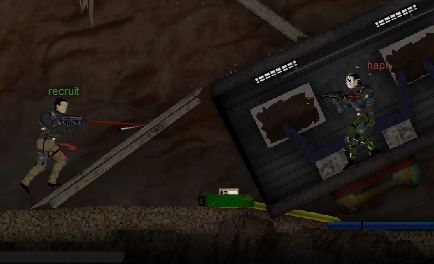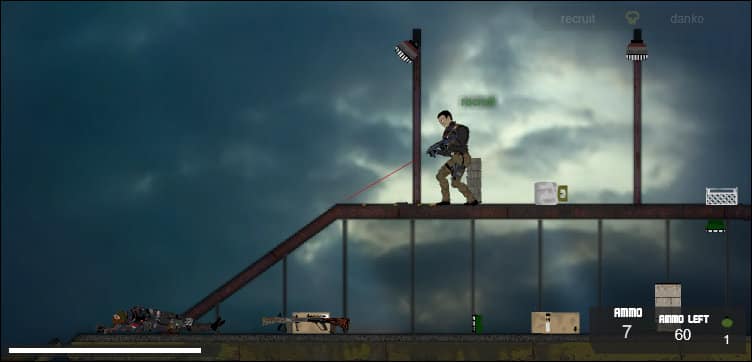
Project Affirm was headed by Commander W. The research effort was to experiment, develop, and evaluate all information relative to night fighting equipment and tactics. Work began on 18 April 1942 at the naval air station at Quonset Point, Rhode Island. While land-based air units could accept heavier aircraft which were large enough to accommodate an on-board radar operator, the Navy designed its program, Project Affirm, around single-seat, carrier-type fighters. Drawing upon the RAF's experiences and the brief Army evaluations, the Navy began a crash course to build its night fighter program.įrom the start, the Navy's requirements were fundamentally different, since Navy planes and equipment had to meet performance standards suitable for carrier use. The Navy lacked any equipment to offer to this effort. They achieved limited success using Lockheed P-38s in concert with ground-based searchlights and antiaircraft fire. Army Air Forces pilots, flying Douglas-built A-20s, attempted to catch "May tag Charlie" with disappointing results. Possessing neither the experience nor the proper equipment to combat enemy night operations, the hard-pressed Americans improvised with what they had. Haphazardly dropping flares or casually-aimed bombs at random intervals guaranteed that the fatigued Leathernecks would have a nervous,tense night. The Japanese kept battle-weary Marines sleepless around the clock with "Washing Machine Charlie," a night-flying nuisance aircraft whose purposely unsynchronized engines churned out a throbbing, annoying sound. forces ran up against their first major night operational problem on Guadalcanal in 1942. The men of the RAF who fought and won the desperate Battle of Britain in the latter half of 1940-hailed by Winston Churchill as the few towhom so many owed so much-were the world's first night fighter pilots. With darkness no longer a safety screen for German bombers, night attacks against Britain were curtailed. This handful of planes-cooperating with radar-equipped ground control intercept (GCI) stations, antiaircraft fire, and searchlights- was the key element of the infamous "Killer Belt" night defense system. To counter this, the Royal Air Force (RAF) employed hastily modified Bouton-Paul Defiant aircraft to fly at night. When England's small, but gallant, force of Hurricanes and Spitfires made daylight bomber attacks too costly, the Luftwaffe turned to night raids. Radar was in its infancy at the beginning of World War II, but already an essential part of Britain's air defense system.



Modern warfare took on a new dimension with the innovation of radar one of its most effective applications was in aerial combat.


 0 kommentar(er)
0 kommentar(er)
